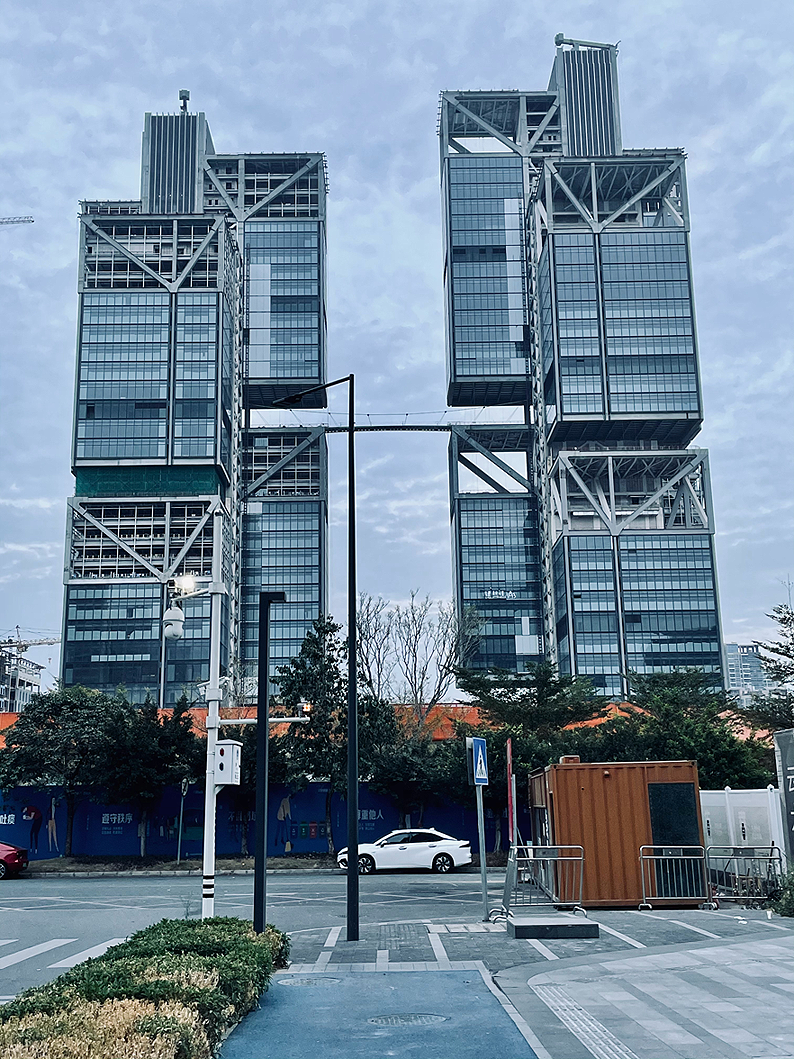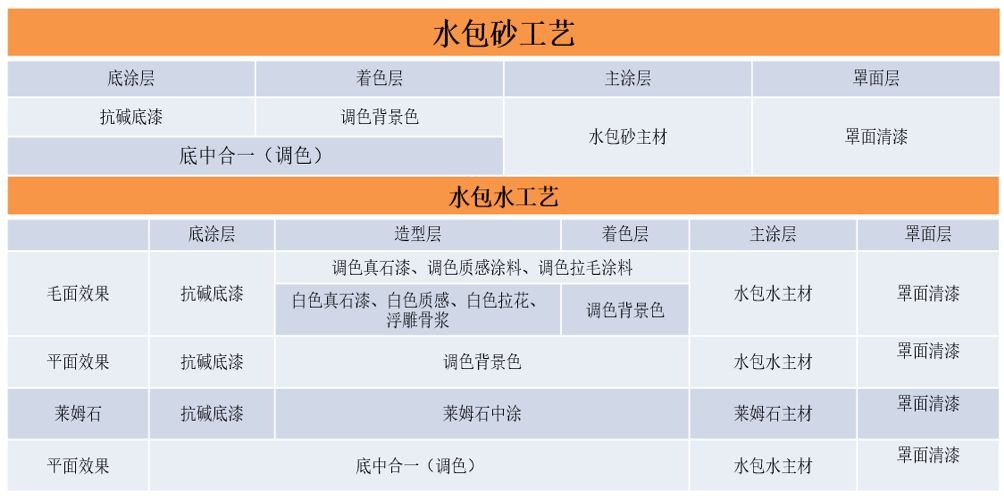Xumizuo is a Buddhist shaped Buddha seat and the tower base of the pagoda.
The tenon and tenon is to use the concave and convex on two woodwork to bite each other, so as to achieve perfect splicing.
The hierarchy of patriarchal rites is diverse.
The placement of seats and bedding is also consistent with the principle of building geomancy.
The four floors of Ming Huang Huali were fully open and double drawer frame The characteristics of light, simple, flexible and tough wood are so similar to the Chinese character, and the buildings and furniture closely related to human activities naturally choose the “same” material.
For example, the bucket arch in the building is a part of the tenon and tenon structure It can evenly distribute the eaves weight on each beam column.
After the Tang and Song Dynasties, the new high foot furniture imitated the practice of columns and beams in the structure, and the furniture structure gradually developed from the previous solid box plate structure to the beam column frame structure, which has become the theme form of furniture structure since then.
Ancient Chinese furniture followed the construction of “beam” and “column” The structural system reflected in the furniture is the main constituent elements of traditional furniture: standing and horizontal completion.
The tenon and the dowel can supplement each other, so that the house can be balanced and stable.
In the tenon and tenon structure, the protruding part is called tenon, or tenon, and the concave part is called tenon, or mortise hole and tenon groove.
For example, the orientation, the number of bays, the spatial function, the number of steps, the material grade, the paint color and the carving pattern of the building are strictly classified.
The statue of Vimalakirti When it was nationalized and popularized, the shape of xumizuo was also widely used on the base of buildings, which further contributed to the new situation of waist bound furniture.
The Qing Dynasty painted a picture of the scenery of yin and Yin in December (six parts of the twelve axes) the Qing Dynasty painted a picture of Min Ning’s happy autumn court.
For example, the choice of materials is “wooden”, and flowers, plants, fish and birds with auspicious meanings should be carved on the doors and windows of the house, tables, chairs and pedals to turn nature into interior.
The bright yellow pear ten thousand character pattern walking bed in the Nelson Atkins Art Museum has Buddhist and Feng Shui influence.
“Strive not to go against their nature, be good at developing their strengths and concealing their weaknesses ” Moreover, the ancestors were so keen to choose wood.
Confucianism entered the secular world and competed with the world, so it always paid attention to social status and ethical principles, striving to be a man of honor, stand out, father, son, monarch and minister.
What kind of people should live in, what kind of buildings and what kind of furniture have been imperceptibly implanted in people’s hearts.
The painting of palace music in the Tang Dynasty The large painting case in China is still in the early transition stage.
The painting of slaughterhouse in the Northern Wei Dynasty in cave 85, Dunhuang, Gansu Province The square table matched with the building in ancient China rose from the original natural cave and semi cave to the ground, and gradually developed from a simple wood structure building to a complete beam column frame system.
On the other hand, because the ancients attached importance to the natural concept of the combination of heaven and man and the idea of emphasizing the replacement of the old and the new, they avoided the eternal brick and accepted the relatively perishable wood.
Of course, the high type of furniture with the change of living style also promoted the improvement of architectural space scale Change.
Connection structure in the connection form dominated by tenon and tenon structure, Chinese traditional architecture and furniture also come down in one continuous line.
It is the bracket at the intersection of beam brace and column.
Its shape is a platform at the top and bottom, with a contraction in the middle.
The layout of traditional buildings in the happy journey of Emperor Qianlong in the new year and Dynasty by Lang shining, Ding Guanpeng, Shen Yuan and Zhou Kun of the Qing Dynasty pursues the “theory of choosing the middle” of the axis, and regards the middle as the respect.
China’s ancient furniture has absorbed the essence of mortise tenon technology, and has developed into a complete and developed system combining with its own characteristics.
The so-called “side feet” That is, in order to strengthen the overall stability of the building, the lower foot of the outermost column of the ancient building usually needs to be moved outward by a certain size to make the upper end of the outer eaves column tilt slightly inward It refers to that the diameters of the upper and lower sides of the column are not equal, but gradually shrink from the root upward, so that the wooden column is stable and lightweight, giving people a comfortable feeling.
Influenced by this concept, Chinese traditional houses always have to rely on mountains and rivers, build rockery and fish ponds if possible, and plant mulberry seeds, flowers and grass if not.
Since Buddhism entered central China in the Eastern Han Dynasty, cave statues, temple building and tower building activities have flourished, and the form of xumizuo has also been imported into central China.
Similarly, internalization into furniture also pays attention to the coordination of yin and Yang.
The legs and feet of furniture also fully follow this practice, giving people a stable and comfortable aesthetic feeling.
Therefore, compared with the outward social attribute of Confucianism, Taoism is more internalized and advocates self-centered inaction.
Its role is to shorten the clear span distance of beam brace, transfer gravity to the column and prevent the inclination of the angle between horizontal and vertical components.
Therefore, the traditional architecture and furniture should reflect a sense of nature.
Feng Shui was called “Kanyu” in ancient times , it studies the unity and coordination of the terrain environment, the location selection and location layout of village buildings and the living environment.
On the one hand, it was precisely because the Chinese civilization originated in the Yellow River Basin and had relatively rich and diverse wood resources.
The material of detail structure is corresponding to the tenon and mortise structure, and the intersection point is not only in the leg and foot structure, but also in some detail components.
Different forms of tenon and mortise are used in different parts of furniture as joints between the surface and the surface, and the points and the faces and lines.
The same is true for furniture, such as beds, which always have to be surrounded by beds to separate the inside from the outside, but have a certain permeability, which is half covered and half hidden.
|Ming and Qing Furniture Institute| Study Jun language Since human beings began to build houses, furniture has emerged.
| The traditional furniture and architecture are regarded as the epitome of pointing to real life and paying attention to the world, while the Chinese people’s secular life always swings between the entry of Confucianism and the life of Taoism.
The same is true of furniture, such as category, shape, quantity, furnishings and specifications.
Sparrow and tooth officials In traditional Chinese architecture, queti plays the role of reinforcement and support.
For example, the placement of bed requires “head south and foot North, followed by head east and foot West; the position should be close to the wall, and the head of bed should not leave a gap to get close to the mountain, far away from the straight-line area of doors and windows, so as to hide wind and gather gas, and should not be placed at the convex corner under the window” | An important trend in the evolution of inclusive structural wood frame structure furniture is the development direction of structural architecture, the most typical is the change of furniture structure from box type to frame type.
The interweaving of Confucianism and Taoism also makes the Chinese character tend to be unique “implicit” In terms of architecture, there are multiple courtyard houses and classic patio layout.
It took a long time until the Song Dynasty became perfect, and finally formed some structural forms such as beam lifting type, bucket piercing type and well dry type.
In the later stage, it undertakes not only the transition components in mechanical function, but also more and more decorative..
The relationship between architecture and furniture is like fur.
In order to open and stabilize the columns of ancient Chinese buildings, the method of side feet closing and dividing is adopted.
Compared with local Taoism, Buddhist works As a foreign religion, it also has a great impact on architecture and furniture, and has the same consistency.
Xunzi · outline says: “the king must live in the world and be polite.” in the design of traditional furniture, symmetrical decorative patterns and shapes are usually adopted, “the middle section is divided into two” and “the middle section is connected into one” It coincides with the theory of choice.
For example, in the modeling of Chinese furniture, there are almost no sharp corners with too much evil intention, and the “circle” is used In order to pursue.
Taoism seeks to be born, that is, to live in seclusion without competing with the world, regardless of world affairs, so as to achieve the “unity of heaven and man”.



